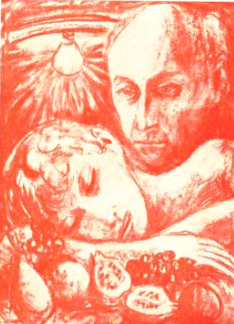13. Italian Office Workers from Comedy Italian Style to Ugo Fantozzi: A Gendered Perspective
Represented as a male-dominated space, the office is a privileged site of production of masculine identities in comedy Italian style. The high-ranking male clerical worker is therein depicted as a paradigm of successful masculinity in the Italian economy’s boom years. A trademark of successful masculinity, office design and its filmic representations has evolved throughout the decades, to reflect status and rank, and also a muted aesthetic taste. Comedy Italian style was not the first to represent office interior space as much as to appropriate it (alongside the restaurant,






